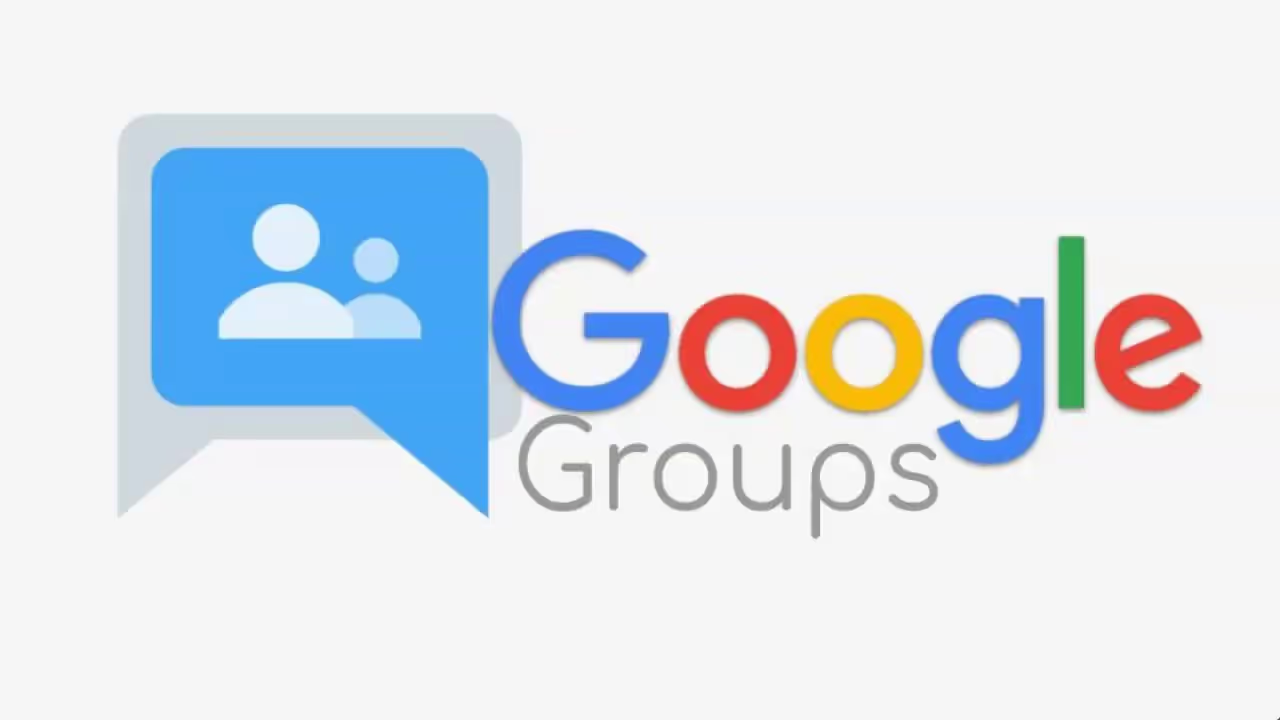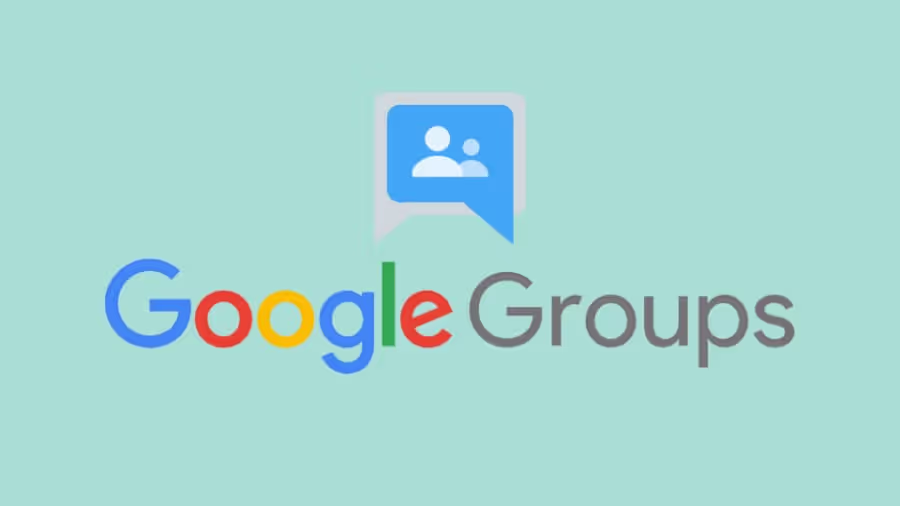Disorganized email inboxes make some form of professional miscommunication an inevitability. While some mistakes can be overlooked, other situations leave no room for errors. Email response times increase, projects get delayed, and you could owe money if Service Level Agreement (SLA) goals go unmet.
Employers emphasize that solutions to these email communication problems must be clearly communicated to all team members as standardized procedures before delving into larger projects. But first, you must be able to identify email communication problems before your team can solve them. Here’s how.
Struggling With Ineffective Email Communication?
In a virtual environment, where team members can’t simply walk over to a coworker’s desk and ask them questions, email communication problems can often be more challenging. The virtual environment often relies on email as the main channel of communication. When employees use email ineffectively, it causes inboxes to become disorganized, and directly—and negatively— affects productivity.
Looking to boost your team communication? Try Gmelius for free!
How To Prevent Email Communication Problems

Email is a great means of communication when used for appropriate purposes and organized properly. It’s important to identify the answers to the following questions:
- What types of messages are best suited for email?
- How can your team best organize their email inboxes?
One factor that can amplify email communication problems is selecting the wrong channel for messages. If your message requires an immediate response, use a channel like Slack or Google Groups instead of email.
Another layer of complication occurs when messages are not categorized via filters, labels, or tags. Therefore, to prevent email communication problems you will need to take a step back and evaluate the efficacy of your team's overall communication style.
Evaluate the information in your email to determine if it might benefit from native Gmail or other software features. Consider the following:
- Does this information need to be seen by one person or multiple people?
Use a distribution list or a shared inbox for multiple recipients.
- Will this email need to be grouped with other messages containing similar information?
If the answer is yes, create a label to assign a category for all the information in question. This makes it easier to find all related documents.
- Will this email be sent only once, or will you reuse it multiple times?
If the email needs to be sent multiple times with few changes, make it a template!
Once all your information is organized it’s time to get the team together and inform them of the changes. Let them know what types of communication will use email and where to find all the necessary information. If you make it easier for your team members to find information, they will be equipped to respond quickly to emails in a more clear and effective manner.
Examples of Ineffective Email Use
Companies that have employees with disorganized inboxes will likely suffer from email communication problems, such as delayed response times, lack of clarity, and missed sales opportunities lost in the tide of messages that regularly overcrowds inboxes.
- Using email for all forms of communication
While using email is not effective for every type of communication, the reverse—avoiding all email use—is also ineffective. In addition, some simple changes in daily work habits can improve team communication exponentially. In short, avoid:
- Keeping all conversations in one inbox
- Sending the same email individually to multiple people
- Organizing each inbox the same way
Since each inbox has a different intended purpose, it may be ineffective to organize each inbox the same way.
There is a Better Way
Using Gmelius can help you and your team avoid email communication problems. You can request a demo, or our own team of experts can walk you through the available features, integrations, and analytics to select the best configuration to meet your team’s needs. Our goal is to create a seamless virtual workplace—from within your existing Gmail accounts—that you can use to exceed expectations daily.
If your team suffers from email communication problems, check out the variety of features and integrations Gmelius can offer!
Sign up for free.
FAQs
1. How do I reduce back-and-forth emails in a team?
To reduce endless back-and-forth, be proactive: structure emails clearly, include all necessary context, and summarize key decisions or action items. Use bullet points for multiple questions or tasks. For collaborative projects, switch to shared tools like Notion, Trello, or Google Docs where updates don’t require new email threads. This cuts email volume and prevents misunderstandings.
2. What’s the best time of day to send work emails?
Data shows that emails sent between 9:00 and 11:00 AM (recipient’s local time) have the highest open and response rates. Avoid emailing late at night or over weekends, unless you're scheduling the message to send later. Mondays are often backlog-heavy, so Tuesdays through Thursdays are ideal for non-urgent communications.
3. Should I use read receipts for work emails?
Read receipts can be useful for high-priority or time-sensitive messages, like contract approvals or deadline confirmations. However, they can feel invasive if used routinely. Instead, ask for a confirmation in your email body (“Please reply to confirm by EOD”) or use collaborative tools that show when a message is seen.
4. How long should I wait before following up on an unanswered email?
For internal teams, follow up after 2–3 business days. For external contacts, give 4–5 days. In the follow-up, be polite and to the point. Include the original message below for context, and clearly restate your ask. If it’s urgent, consider calling or using instant messaging instead of email.
5. What’s the ideal length for a professional email?
The sweet spot is 50–125 words. Keep it short but informative. Open with context, get to the point quickly, and close with a clear call to action. Use whitespace and bullet points to improve readability. If your message is longer, include a TL;DR summary at the top.
6. How do I manage email threads with multiple topics?
When threads contain unrelated topics, split them into separate emails with specific subject lines. This avoids confusion, especially when others are looped in later. If replying to a multi-topic email, address one topic per paragraph and label them (“Topic 1: Budget review…”). Clear segmentation leads to faster, more accurate responses.
7. What’s the difference between CC and BCC in email?
CC (Carbon Copy) lets all recipients see who else received the email. Use it when transparency is needed—like updating a manager or stakeholder. BCC (Blind Carbon Copy) hides recipients from one another. Use BCC for mass emails or when sharing sensitive updates to avoid exposing addresses.
8. How do I avoid email miscommunication in remote teams?
Be explicit. Remote teams lack tone, facial cues, and quick clarifications. Use clear subject lines, avoid jargon or sarcasm, and state deadlines or expectations clearly. For example, “Please upload the report by Friday, 2 PM IST.” If tone is a concern, tools like Grammarly or Writer can help keep it professional and friendly.
9. How many follow-ups are acceptable in email communication?
Two follow-ups are generally considered respectful. After the first follow-up, wait 2–3 more days before sending a final check-in. If there’s still no response, it may be time to escalate, switch channels, or re-evaluate whether the issue needs a reply. For sales or cold outreach, a cadence of 3–4 emails max is common.
10. What tools can help manage high email volume?
Start with built-in tools like Gmail filters, labels, priority inbox, and templates. Use keyboard shortcuts and batch-process emails at fixed times. For teams, shared inbox platforms like Gmelius, Front, or Hiver let you assign messages, automate responses, and track who’s handling what—essential for customer support and client services.


.avif)
.avif)

.avif)

.avif)